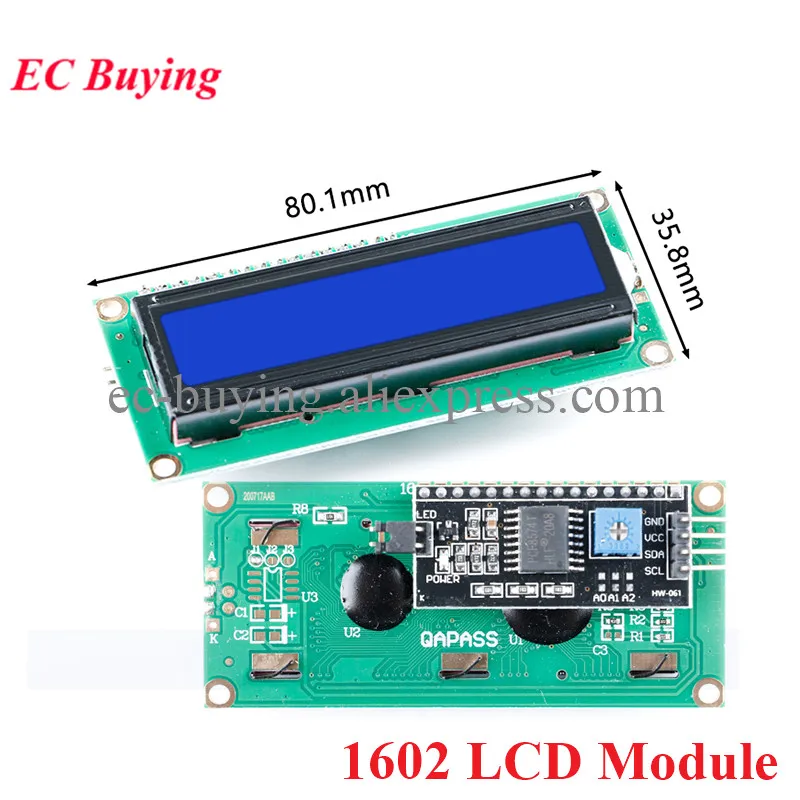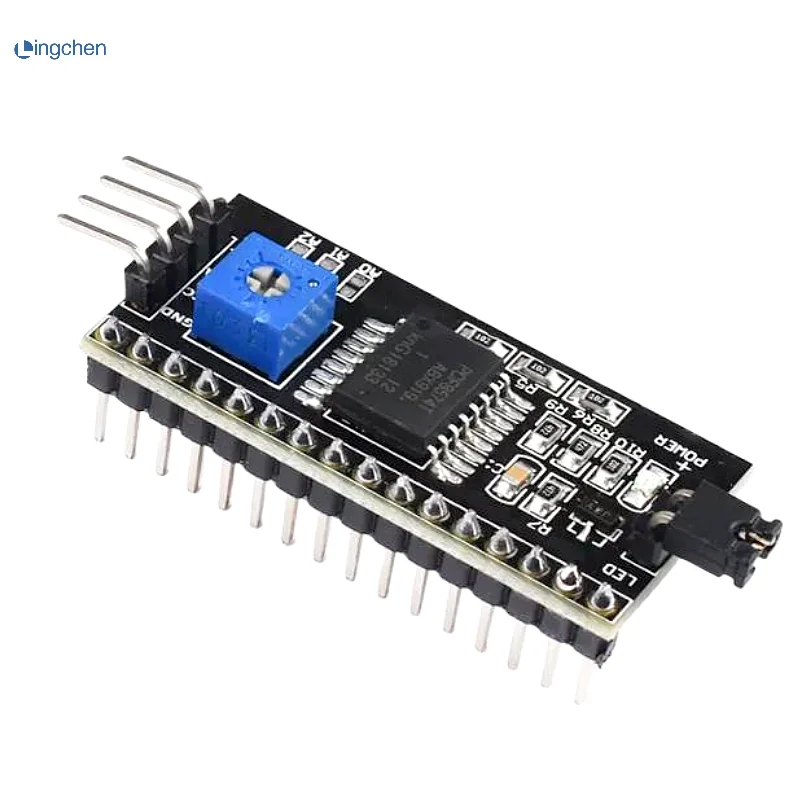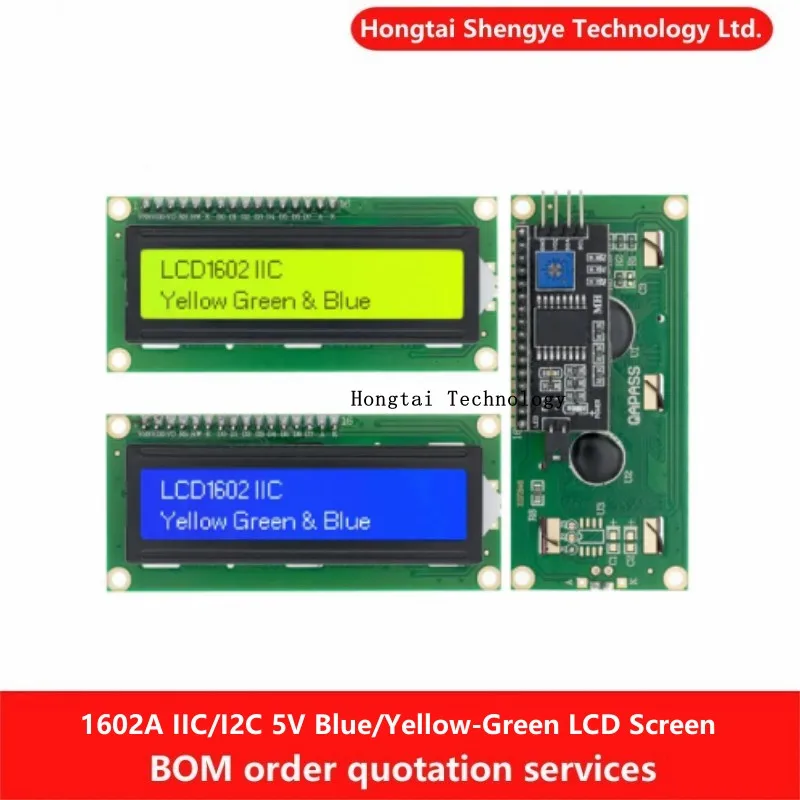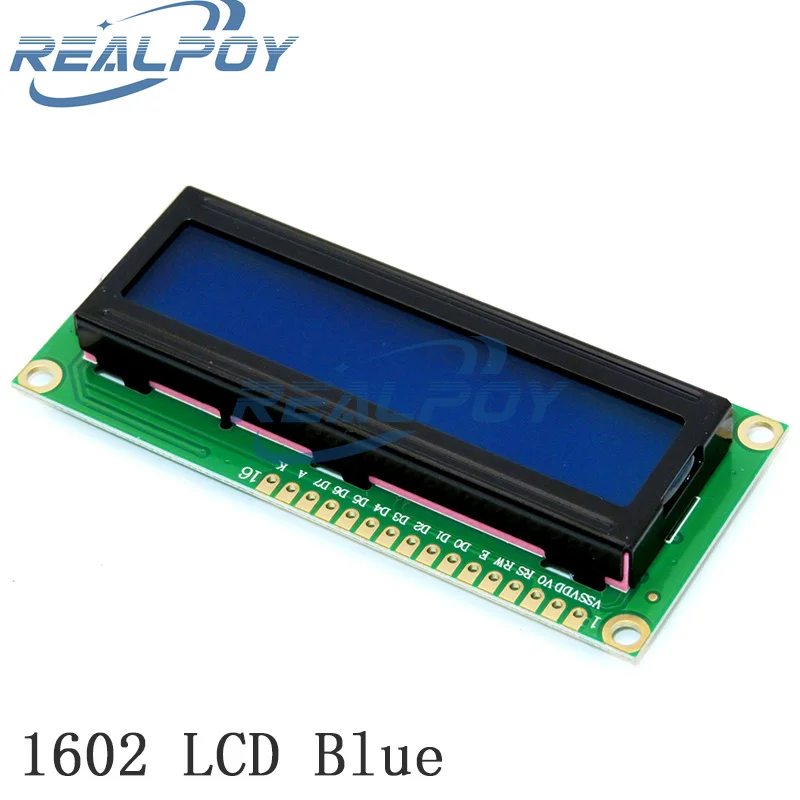
Using LCD screen LCD 1602 (12 wires) withitout the I2C module with Arduino
This project guide demonstrates how to interface a 16x2 LCD screen (LCD1602) with an Arduino board without using an I2C module. The LCD1602 is a versatile component used in various applications to display text and numerical data. This project opens up possibilities for creating custom displays for a wide range of projects.
Here are some project ideas you can build using this LCD1602 and Arduino setup:
- A simple digital clock
- A temperature and humidity display
- A real-time data logger displaying sensor readings
- A custom message board
- A game console display
Hardware/Components
To complete this project, you will need the following components (in video at 00:10):
- Arduino Board (Uno or similar)
- LCD 1602 display module (16 characters x 2 lines) – available in various colors (in video at 00:47)
- Jumper wires
- 10kΩ potentiometer (for backlight control) (in video at 04:48)
- (Optional) Breadboard for easier prototyping (in video at 02:40)
- (Optional) Soldering iron and solder (if you're adding headers to the LCD) (in video at 02:04)
Wiring Guide
The wiring is explained in detail in the video. Refer to the video at [03:33] for a visual guide and the following summary:
The connection between the LCD and the Arduino is crucial. A voltage divider might be necessary for certain pins, depending on your specific LCD model. The video shows a detailed wiring diagram (in video at 04:02) using a potentiometer to control the backlight brightness. Pay close attention to the pin assignments (in video at 07:39). Incorrect wiring could damage your components.

wirign (made using Fritzing).
The schematic (made using Fritzing). https://docs.arduino.cc/learn/electronics/lcd-displays/
Code Explanation
The code utilizes the LiquidCrystal library for Arduino (in video at 07:33). The key user-configurable parts are the pin definitions and the text to be displayed. The example code shows how to initialize the LCD, set the cursor position, and print text to the screen.
// Pin definitions for LCD connection
const int rs = 12, en = 11, d4 = 5, d5 = 4, d6 = 3, d7 = 2;
LiquidCrystal lcd(rs, en, d4, d5, d6, d7);
The provided code includes examples for displaying static text (in video at 08:34), scrolling text (in video at 10:14), and custom characters (in video at 12:11). You can modify the text within the lcd.print() function to display your desired message. The scrolling speed is controlled by the delay values in the loop. (in video at 10:49)
Live Project/Demonstration
The video demonstrates the complete project setup (in video at 09:28) showing how to control the backlight brightness using the potentiometer. (in video at 09:32) The video also includes examples of various functionalities, such as scrolling text and custom characters (in video at 10:14 and 12:11). The serial monitor example (in video at 12:23) allows you to input text via the serial port and display it on the LCD screen.
Chapters
- [00:06] Introduction to LCD 1602 Display
- [00:44] LCD 1602 Display Overview
- [02:03] Preparing the LCD for Connection
- [03:33] Wiring Diagram and Explanation
- [04:02] Detailed Wiring Explanation
- [07:23] Code Explanation: Basic Setup
- [09:28] Live Demonstration: Basic Text Display
- [10:14] Code Explanation: Scrolling Text
- [11:49] Code Explanation: Additional Examples














Comments will be displayed here.